
Fast, affordable Internet access for all.

The rocky rural hills of West Virginia are a formidable foe when it comes to building high-speed Internet infrastructure that offers affordable high-quality service.
Nobody knows that better than Hardy Telecommunications (OneNet), a small community-owned cooperative that delivers affordable fiber to frustrated locals deemed too costly and cumbersome to be served by the incumbent telecom giants.
The cooperative serves parts of four counties (Hardy, Pendelton, Grant, and Hampshire). It connected its first fiber customer in 2013, after receiving $31.6 million in federal BTOP funding. Since then, the cooperative tells ILSR they’ve spent $20 million of their own funds to bring fiber to rural corners of the aptly-named Mountain State.
Derek Barr, Assistant General Manager at Hardy Telecommunications, says the cooperative currently delivers broadband service to 5,050 rural subscribers – 4,736 of which are on fiber lines that simply wouldn’t exist without federal funding programs. Hardy Telecommunications also provides 68 customers with fixed wireless access (FWA) broadband service.
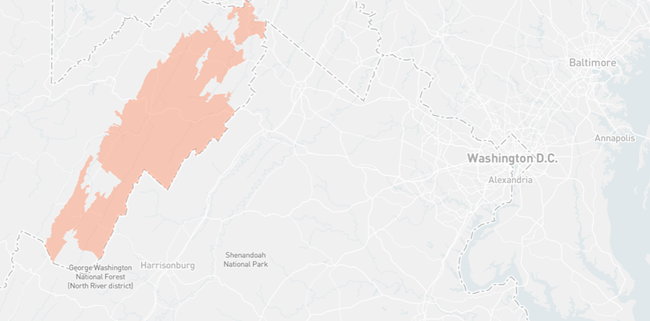
“Our focus is fiber, and we're trying to build out fiber as much as we can,” Barr tells ILSR. “But it's very tough in our serving region. It's all mountains and a lot of trees, and a big chunk of our area is either state park or national forest land. It's also very hard to do fixed wireless because even if it might work in the winter, it's not going to work in the summer” when tree leaves block line of sight, he noted.
So the cooperative slowly and consistently expands fiber as it can, often in partnership with Pendleton County. As a result, locals have the option of a variety of double and triple play phone, cable, and fiber options, starting with a symmetrical 100 Mbps (megabit per second) downstream, 50 Mbps upstream fiber and phone bundle for $79 a month.
Peppered by winding country roads and remote islands, Maine exemplifies the challenges in even deployment of affordable broadband. But thanks to tenacious island communities and forward-thinking state leadership, a growing roster of community-owned broadband networks are leading the charge toward affordable access in the Pine Tree State.
Peggy Schaffer, former executive director of the state of Maine's broadband mapping and expansion effort, ConnectMaine, has played a starring role in shoring up Maine’s broadband mapping data after years of federal dysfunction.
Schaffer’s well versed in the broad array of challenges faced by remote Maine communities, and says she’s long been impressed by the “scrappy” nature of Maine’s community-owned island deployments, which have faced down and overcome no limit of onerous challenges in an ongoing quest to finally bridge the state’s long standing digital divide.
Maine is currently ranked 49th in the U.S. in terms of resident access to gigabit-capable broadband service. Like so much of the country, the state is heavily dominated by regional monopolies that failed to uniformly deliver affordable, next-generation broadband, despite decades of federal subsidies, regulatory favors, and tax breaks.
Now local Maine communities are taking matters into their own hands, beginning with long-neglected island residents no stranger to unique logistical challenges.
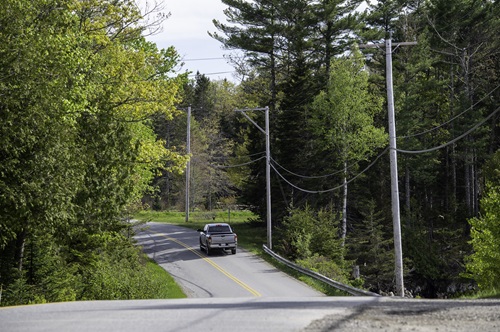
‘It’s A Story Of Perseverance’
Five years ago, the Central Virginia Electric Cooperative (CVEC) announced the creation of the Firefly Broadband initiative, a subsidiary specifically built to leverage the co-op’s existing electrical assets to deliver affordable fiber to 13 underserved Virginia counties.
Half a decade later, the coop says it has successfully completed its $150 million expansion project, deployed 3,600 miles of new fiber, passed 40,000 total homes and businesses, and directly connected 20,000 state residents–many for the first time ever–in less than 52 months.
“Central Virginia Electric Cooperative partnered with Conexon to perform a feasibility study for a fiber build across their entire service territory – 13 counties and 3600 miles,” CVEC VP of Communications Melissa Gay told ILSR. “Once the target costs, offerings and take rates were determined, we chose to race to secure supplies and labor. Finding great partners has been a tremendous help to the success of our project.”
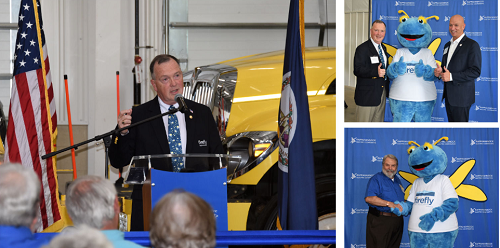
Buoyed by numerous grants including a $28 million combination loan and grant from the USDA's ReConnect Program, Firefly now provides local residents symmetrical 100 Mbps (megabits per second) fiber for $50 a month, and symmetrical 1 Gbps (gigabit per second) service for $80 a month. There are no contracts and no data caps.
About 90 percent of households connected had no broadband access previously, according to Bruce Maurhoff, Firefly’s senior vice president and chief operating officer.
Concerns are mounting that over $2.8 billion in potential broadband grants doled out by the Federal Communications Commission’s (FCC) Rural Digital Opportunity Fund (RDOF) could be wasted, further eroding the already well-criticized program’s disjointed effort to expand broadband access across rural America.
In 2019, the Ajit Pai FCC created the $20.4 billion RDOF with an eye on shoring up affordable broadband access in traditionally unserved rural U.S. markets. The money was to be doled out via reverse auction in several phases, with winners often declared based on having the maximum impact for minimum projected cost.
During phase one of the program, the FCC stated that 180 bidders won $9.2 billion over 10 years to provide broadband to 5.2 million locations across 49 states and the Commonwealth of the Northern Mariana Islands. But of the $9.2 billion in winners, over $2.8 billion has gone into default, meaning the bidder couldn’t actually deliver on promised projects.
We've tracked the RDOF awards since the auction concluded, including for the providers that defaulted on their wins.
These issues have not only imperiled RDOF program funding, but have thrown a wrench in the works of numerous additional government efforts to shore up broadband access, from the FCC’s long-criticized quest to accurately map U.S. broadband access, to the implementation of newer grant programs overseen by other agencies.
North East Mississippi Electric Power Association (NEMEPA) cooperatives celebrate another year of funding and progress toward building better broadband across nine service areas.
At a recent event, Northern District Public Service Commissioner Brandon Presley said: "We are going to be one of the most connected states in the United States of America in some of the most rural areas of America. It has been amazing to watch. This has been not just a top priority for me but also our co-ops."
Collectively, the NEMEPA cooperatives already offer broadband to over 84,000 members and expect to expand to over 182,000 members once the work is complete.
Nine NorthEast Power Cooperatives Bringing Fiber to Rural Residents
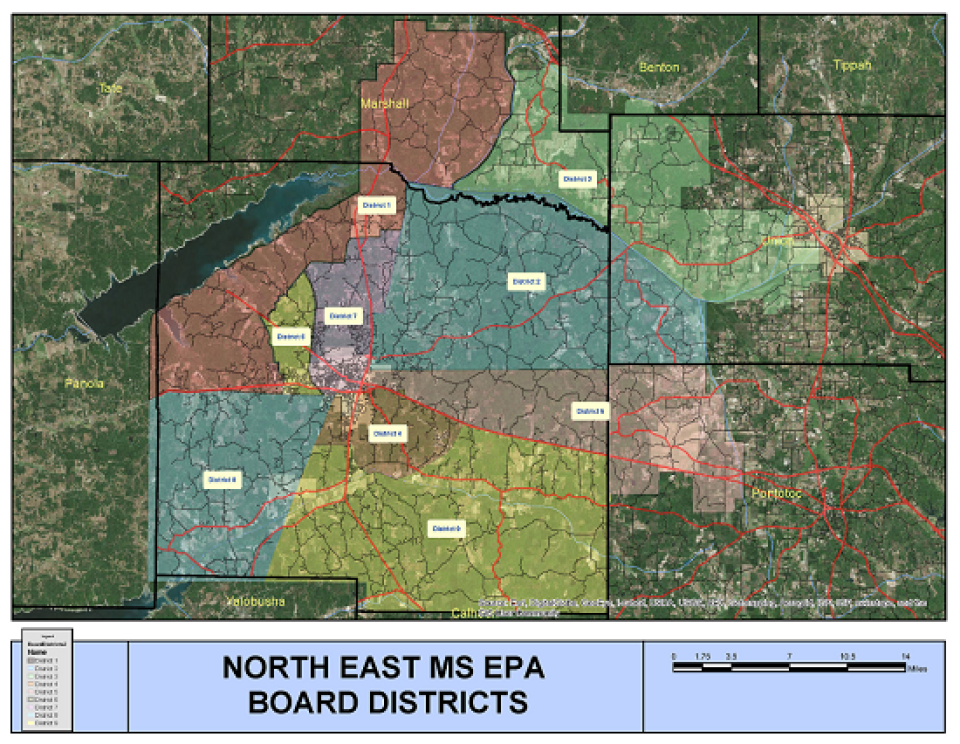
The NEMEPA expansion took off when the cooperatives were awarded (Rural Digital Opportunity Fund) RDOF grants to extend existing fiber networks or build new ones for their members.
Each district received a share:
Join us live on Thursday, August 18th, at 3:30pm ET for the latest episode of the Connect This! Show. Co-hosts Christopher Mitchell (ILSR) and Travis Carter (USI Fiber) will be joined by regular guest Kim McKinley (UTOPIA Fiber) and Casey Lide, Partner at Keller and Heckman.
The panel will talk about LTD Broadband and Starlink recently getting removed from the Rural Digital Opportunity Fund (RDOF) by the FCC, the most recent Universal Service Fund report sent to Congress, and whether the new streaming video landscape is materially different from the old cable TV model (and if we should care).
Subscribe to the show using this feed on YouTube Live or here on Facebook Live, on find it on the Connect This! page.
Email us broadband@muninetworks.org with feedback and ideas for the show.
Watch here on YouTube Live, here on Facebook live, or below.
Join us live on Thursday, August 18th, at 3:30pm ET for the latest episode of the Connect This! Show. Co-hosts Christopher Mitchell (ILSR) and Travis Carter (USI Fiber) will be joined by regular guest Kim McKinley (UTOPIA Fiber) and Casey Lide, Partner at Keller and Heckman.
The panel will talk about LTD Broadband and Starlink recently getting removed from the Rural Digital Opportunity Fund (RDOF) by the FCC, the most recent Universal Service Fund report sent to Congress, and whether the new streaming video landscape is materially different from the old cable TV model (and if we should care).
Subscribe to the show using this feed on YouTube Live or here on Facebook Live, on find it on the Connect This! page.
Email us broadband@muninetworks.org with feedback and ideas for the show.
Watch here on YouTube Live, here on Facebook live, or below.
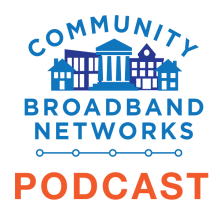
This week on the podcast, Christopher is joined by senior staff on the broadband initiative to dig into recent topics, including Senior Reporter, Editor and Communications Team Lead Sean Gonsalves, Community Broadband Outreach Team Lead DeAnne Cuellar, and Senior Researcher and Research Team Lead Ry Marcattilio-McCracken.
The group talks about the value of overlapping networks and the co-option of the word "overbuilding" by monopoly lobbyists, the recent New York State funding program kickstarting municipal broadband efforts in a handful of communities, how states are responding (or not) to the NTIA process to get hundreds of millions in federal broadband infrastructure funding, and a new tool we built to help keep tabs on funds released from the FCC's Rural Digital Opportunity Fund.
This show is 36 minutes long and can be played on this page or via Apple Podcasts or the tool of your choice using this feed.
Transcript below.
We want your feedback and suggestions for the show-please e-mail us or leave a comment below.
Listen to other episodes here or view all episodes in our index. See other podcasts from the Institute for Local Self-Reliance here.
Thanks to Arne Huseby for the music. The song is Warm Duck Shuffle and is licensed under a Creative Commons Attribution (3.0) license.
Join us live on Thursday, June 9, at 5pm ET in the chat for the latest episode of the Connect This! Show. Co-hosts Christopher Mitchell (ILSR) and Travis Carter (USI Fiber) will be joined by Alan Fitzpatrick (Co-Founder and CEO of Open Broadband in North Carolina) and Matt Larsen (CEO of Vistabeam).
The panel will discuss the range of wireless approaches used in rural and urban areas to reach subscribers, how it competes with fixed broadband deployments using various technologies, and the advantages and challenges of it brings to the tool chest. They'll also talk about unlicensed versus licensed spectrum, Tarana, and how the federal broadband funding programs will change the landscape for fixed wireless in the near and long term.
Subscribe to the show using this feed on YouTube Live or here on Facebook Live, on find it on the Connect This! page.
Email us broadband@muninetworks.org with feedback and ideas for the show.
Watch here on YouTube Live, here on Facebook live, or below.
Along the shores of Lake Huron and across three rural counties in Michigan’s Thumb region, an electric cooperative is putting its thumb on the scale in favor of bringing fiber-to-the-home Internet service to its members.
Nearly 85 years after first delivering electricity to the region, Thumb Electric Cooperative (TEC) General Manager Dallas Braun announced the co-op had “started to lay the groundwork for a similar mission.”
“The mission,” he wrote in a recent edition of Michigan Country Lines, “is to provide much-needed fiber Internet service to those same sparsely populated areas by building a projected $80 million fiber network infrastructure that will be the superhighway of the Internet for future generations.”
The mandate came from members who saw ubiquitous access to high-speed Internet connectivity as a necessity of modern life much like the region’s rural farmers in the 1930s pined for electricity as they saw city residents enjoy a higher standard of electrified living.
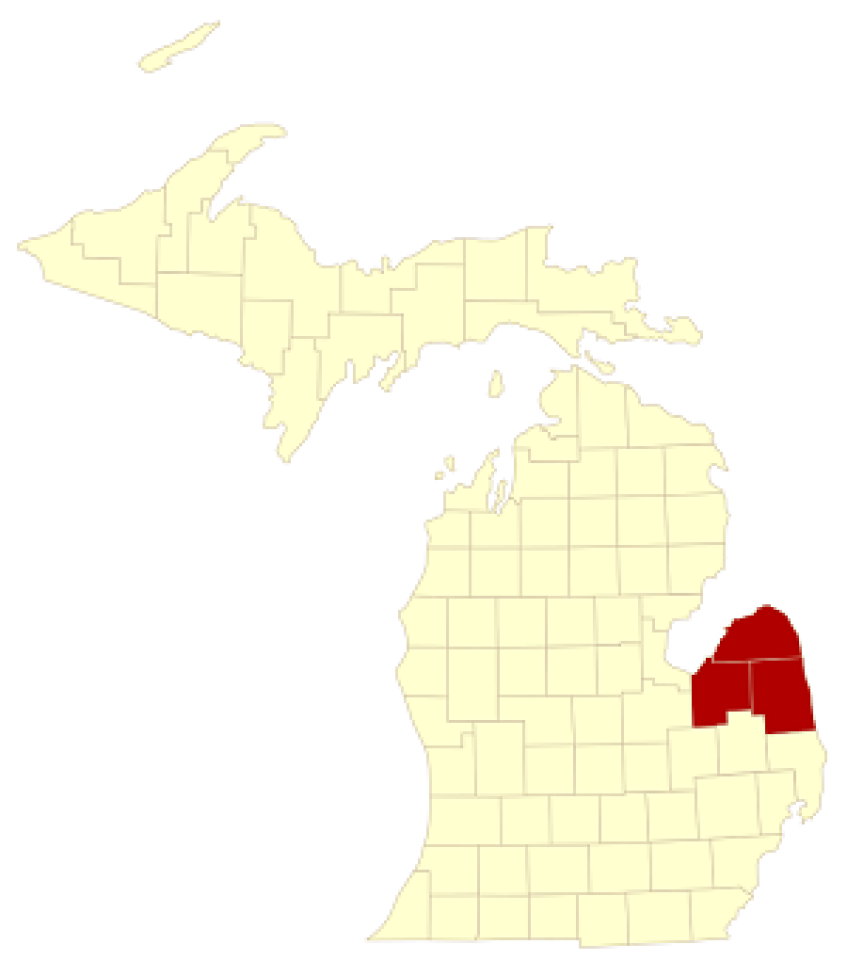
It led to the creation of TEC Fiber – a new subsidiary of the TEC which currently serves 12,300 residents and businesses in Huron, Sanilac, and Tuscola Counties.
Foray into Broadband with an Air Advantage